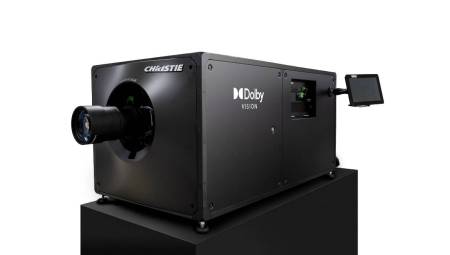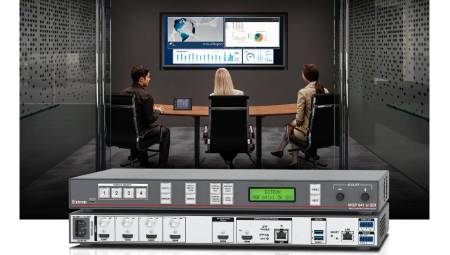 Latin America. The new ANSI / TIA-568.2-D standard recognizes the functionalities of the 28 AWG connection cables, which, due to their reduced diameter and bending radius, have energy conduction (PoE) capabilities and solution to management difficulties of thick gauges, the time to allow the increase of air flow to the active equipment.
Latin America. The new ANSI / TIA-568.2-D standard recognizes the functionalities of the 28 AWG connection cables, which, due to their reduced diameter and bending radius, have energy conduction (PoE) capabilities and solution to management difficulties of thick gauges, the time to allow the increase of air flow to the active equipment.
"Uncontrolled density and congestion in the cable pipeline are two of the most severe enemies of a data center because they not only restrict the flow of cooling air, but can prevent future expansion and generate serious effects on the MACs (movements, additions and changes)," said Frank Straka, product line manager at Panduit. company that celebrated the publication of the new standard.
This leading company in infrastructure and connectivity, was the first manufacturer of structured cabling to introduce the caliber 28 AWG in 2011 and the first to bring it to the Latin American region. Frank Straka stressed that "this represents the culmination of years of work in research and development by a broad spectrum of organizations and collaborators."
"When we introduced these 28 AWG cables to the market, we knew they would make a big impact and now we're seeing it because with half the size of the existing ones, our small diameter cables become the key to maximizing space in telecommunications rooms, while still getting the performance that is needed," Straka said.
In addition, the ANSI/TIA-568.2-D standard also recognized that modular terminal links (MPTL) meet international standards. Joints or links terminated in modular connectors refer to permanent connections where it is connected directly into a horizontal cable and linked to a device. These modular connections, including Panduit's Field TermInformation, simplify the connection of devices such as security cameras and wireless access points.















